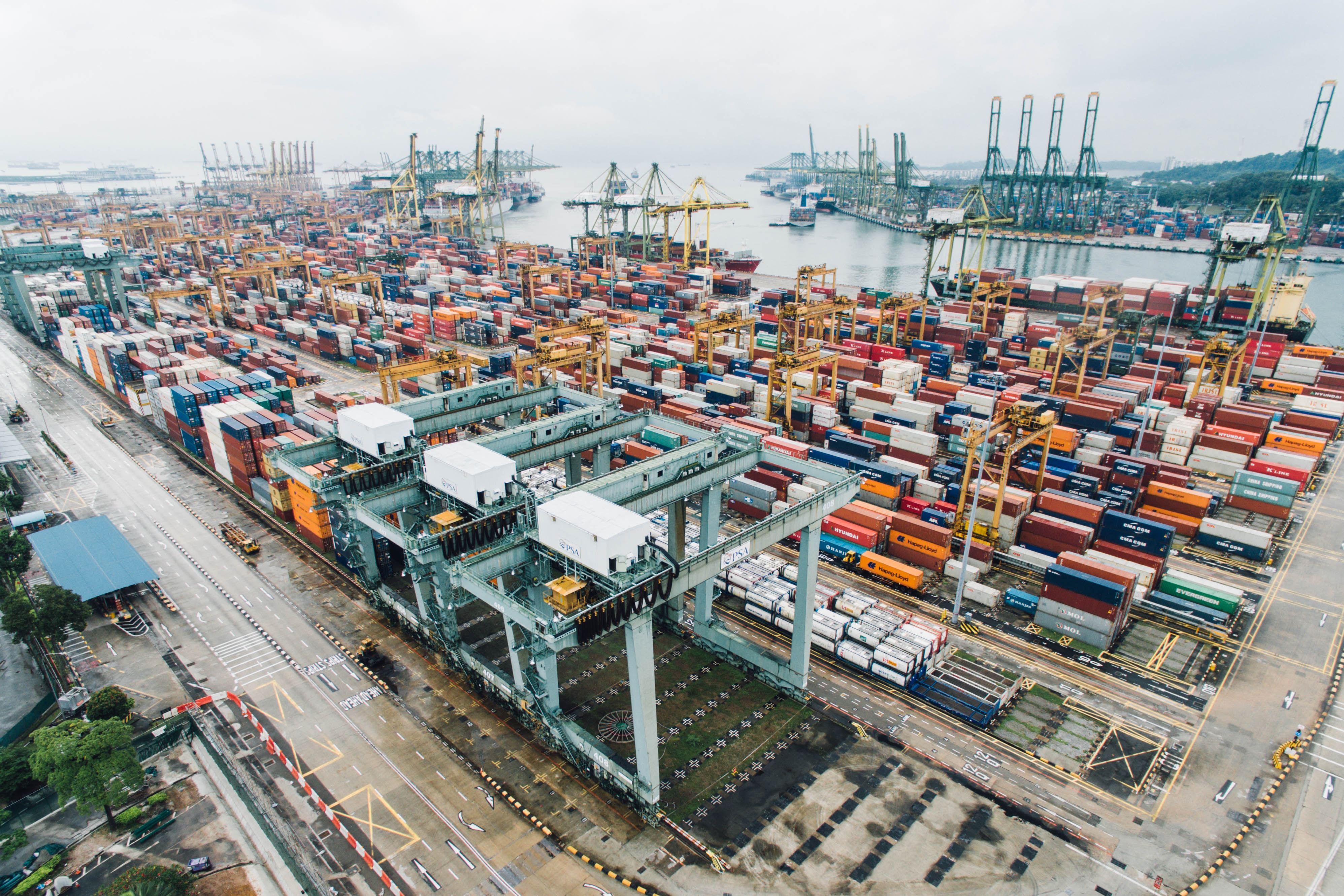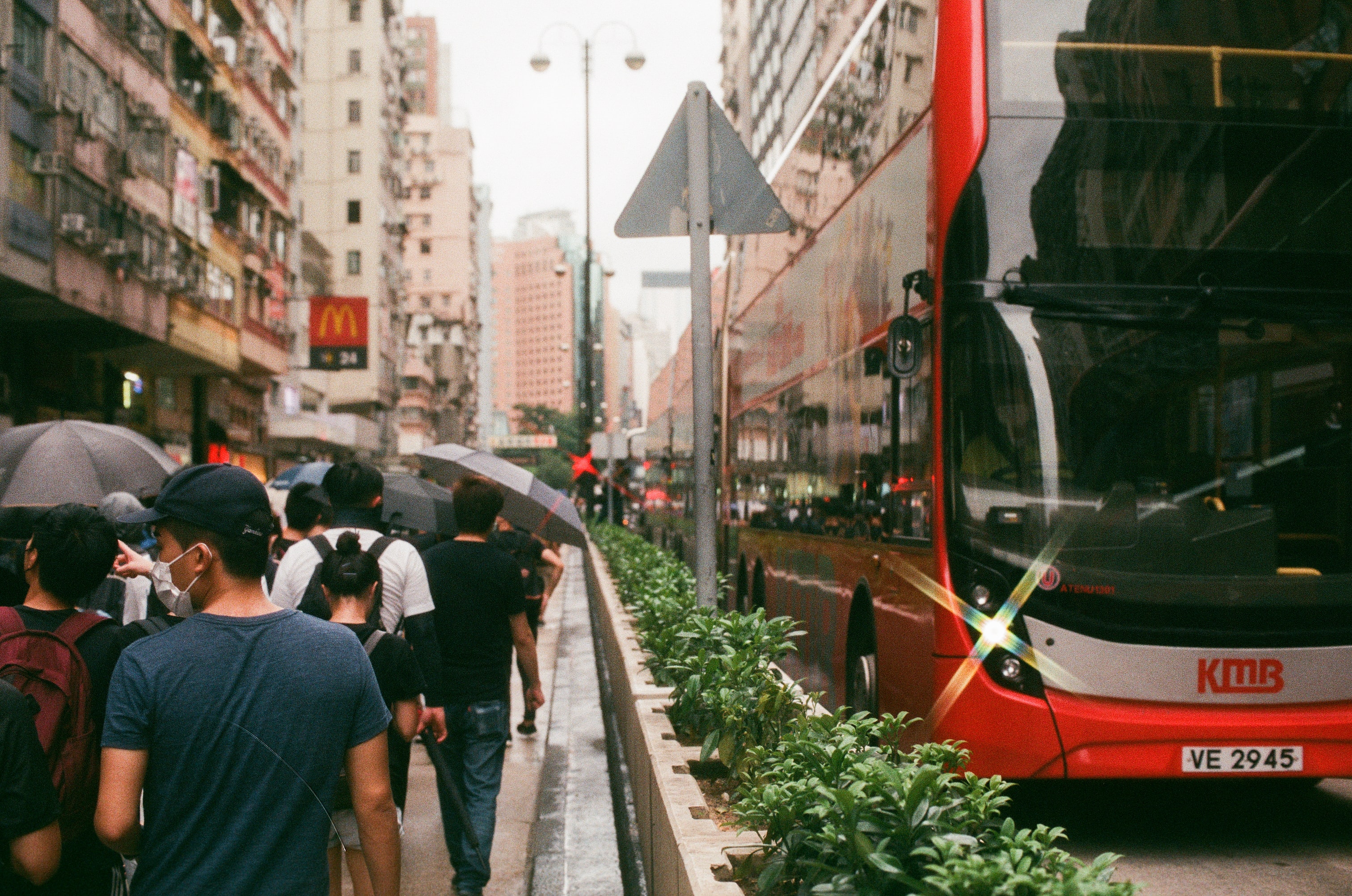1021 results found
Featured results



More results

The report identifies and explores six critical success factors that governments should be aware of and seriously consider when preparing an infrastructure project to be delivered as a Public-Private Partnership.


This report from the World Bank looks at the European Union's experience in furthering a circular economy, highlighting lessons that can benefit countries within and beyond Europe’s borders.

As a part of a Balanced National Development project, the project is planning to build a 174.2km long railway starting from Gimcheon, Gyeongsangbuk-do to Geoje, Gyeongsangnam-do.
The Republic of Korea has increased the transparency and fairness of public procurement, which help drive investment activity in infrastructure projects.

COLPISTE is a combination of a soil stabilisation solution and a cold layer that makes it faster, more affordable, and more sustainable to construct reliable, all-weather roads in rural environments in developing countries
A solar leasing project at Singapore's Jurong Port significantly reduced carbon emissions and generated cost savings.
This report undertaken by the World Bank Water & Sanitation Program has two objectives (a) Providing guidance/recommendations concerning the reform proposals of state owned enterprises operating in the field of water supply and urban sanitation and (b) Providing guidance/recommendations concerning economic management options for service providers.

The COVID-19 health crisis has highlighted the chronic underinvestment in social infrastructure around the world. Dr. Georg Inderst discusses Global Infrastructure Hub’s recently released Infrastructure Monitor 2020 report and what can be done to attract more public and private investors to social infrastructure.
Smart street lighting adapts to traffic and light conditions. It can use sensors to detect cars/cyclists/pedestrians and automatically adjust lighting levels along their trip.
Digital technology integrated into smart containers enable accurate near real-time monitoring and control of the condition, location and the environment of shipping containers.
This use case aims at creating a distributed, secure, reliable and smart sensing system in urban and suburban areas capable of collecting information and data to be shared with local governments and public authorities to improve management, quality and provision of public services.
Smart meters collect and transmit real time water usage data from users, which can be used for billing, improve water efficiency and enhance customer experience.
An alternative means of conducting waste management and cleaning in stations through robots that spray cleaning chemicals (e.g. hydrogen peroxide) onto surfaces.
This report outlines how in recent years Armenia has made significant strides in reforming the water sector by developing policies, enacting laws, and drawing up plans, programs and strategies aimed at improving water service provision

In the context of the US Inflation Reduction Act, GI Hub’s Director of Knowledge Mobilisation, Sam Barr explores the complexity of intergovernmental coordination and the risks this poses to climate action.
Increasingly, infrastructure leaders, investors and developers are recognising the need to not only increase the quantity of infrastructure investment globally to drive economic growth, but also the quality of infrastructure investment, to ensure that that growth and development is inclusive and sustainable.

Regulatory capital frameworks require banks and insurers to put aside more capital for infrastructure investments than is warranted by their historical credit performance



Regional private investment in infrastructure has seen divergent trends in the post-COVID era, with Western Europe and North America emerging as the two strongest performers, followed by Latin America. Meanwhile Asia, while maintaining relatively stable investment as a share of regional GDP, has experienced the sharpest decline in its share of global private investment in infrastructure, as Western Europe and North America expand their shares. Other regions have seen weaker investment in the post-COVID era (Africa, Oceania, Middle East), or remained stagnant (Eastern Europe).


This case study looks at how Transit Oriented Development (TOD) is undertaken in Tokyo, in one of the most densely populated urban environments, to successfully improve passenger experience and footfall. The Shibuya redevelopment project looks at using TOD to gentrify the local area across the five urban schemes that make up the overall redevelopment: Hikarie Culture Core, Station Central, D?genzaka project, Station-South, and Sakuragaoka project. The project is being completed in stages.





 Infrastructure Monitor
Infrastructure Monitor










